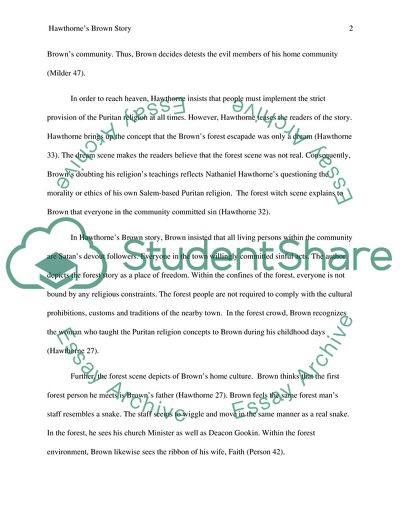Cite this document
(Hawthornes Young Goodman Brown Story Assignment - 6, n.d.)
Hawthornes Young Goodman Brown Story Assignment - 6. https://studentshare.org/literature/1848726-research-paper
Hawthornes Young Goodman Brown Story Assignment - 6. https://studentshare.org/literature/1848726-research-paper
(Hawthornes Young Goodman Brown Story Assignment - 6)
Hawthornes Young Goodman Brown Story Assignment - 6. https://studentshare.org/literature/1848726-research-paper.
Hawthornes Young Goodman Brown Story Assignment - 6. https://studentshare.org/literature/1848726-research-paper.
“Hawthornes Young Goodman Brown Story Assignment - 6”. https://studentshare.org/literature/1848726-research-paper.


